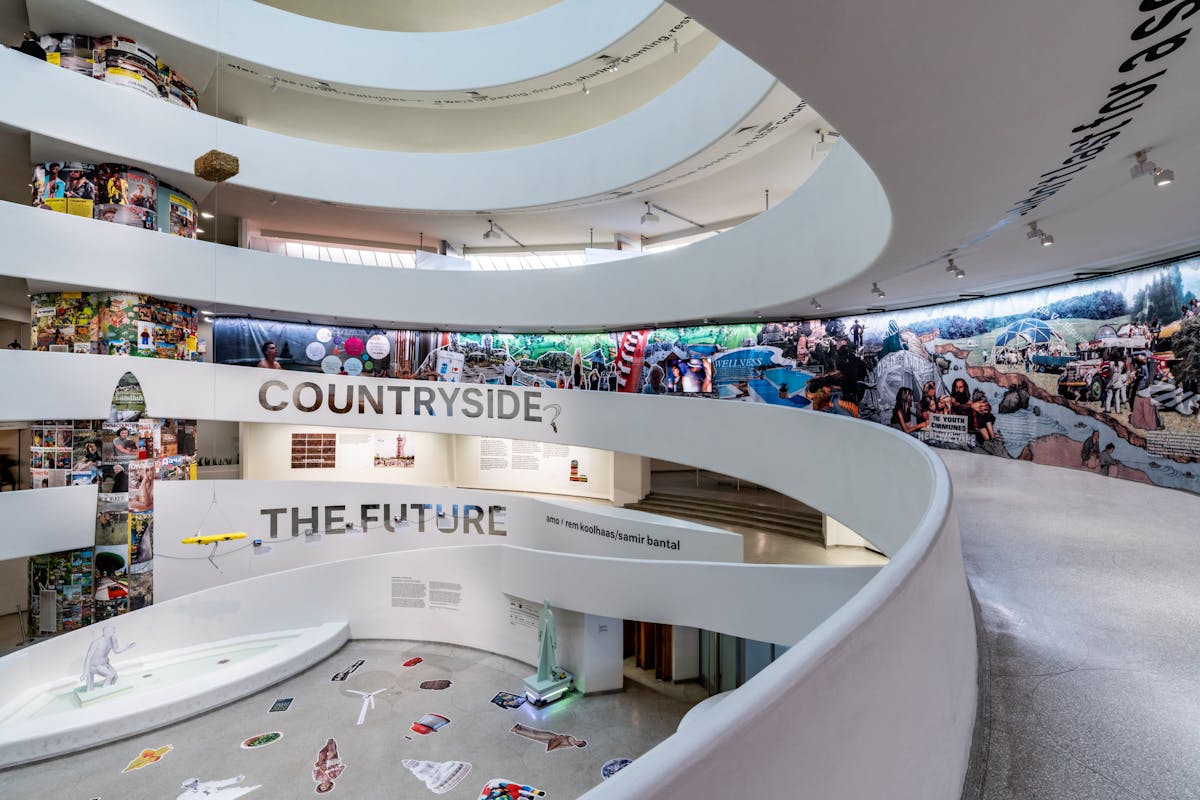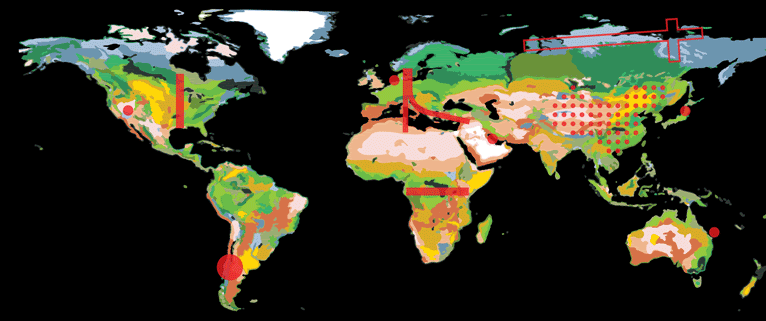'Countryside, the Future' through the post-pandemic lens
Certainly New Yorkers’ revaluation of the countryside had begun long before the “Decameron”-style outflows of remote-working urbanites and their families, fleeing the coronavirus last spring. [...] The phrase “farm to table” has been a cliché for years, and Park Slope idealists long ago exported their Marie Antoinette rural fantasies to the Hudson Valley.With the coronavirus eating its way through America's hinterlands and the election unmasking a deeply entrenched urban-rural ideological divide, NYT art critic Jason Farago takes a second look at the Rem Koolhaas-starring exhibition Countryside, the Future which opened at the Solomon R. Guggenheim Museum back in February — only to close again three weeks later due to the unraveling pandemic. "What 'Countryside' does is take seriously the contention that all avant-gardism gets commodified, that dissent is always co-opted, and that under such conditions you might want to get out of town," Farago writes. Related on Archinect: Koolhaas in the countryside


Certainly New Yorkers’ revaluation of the countryside had begun long before the “Decameron”-style outflows of remote-working urbanites and their families, fleeing the coronavirus last spring. [...] The phrase “farm to table” has been a cliché for years, and Park Slope idealists long ago exported their Marie Antoinette rural fantasies to the Hudson Valley.
With the coronavirus eating its way through America's hinterlands and the election unmasking a deeply entrenched urban-rural ideological divide, NYT art critic Jason Farago takes a second look at the Rem Koolhaas-starring exhibition Countryside, the Future which opened at the Solomon R. Guggenheim Museum back in February — only to close again three weeks later due to the unraveling pandemic.
"What 'Countryside' does is take seriously the contention that all avant-gardism gets commodified, that dissent is always co-opted, and that under such conditions you might want to get out of town," Farago writes.

